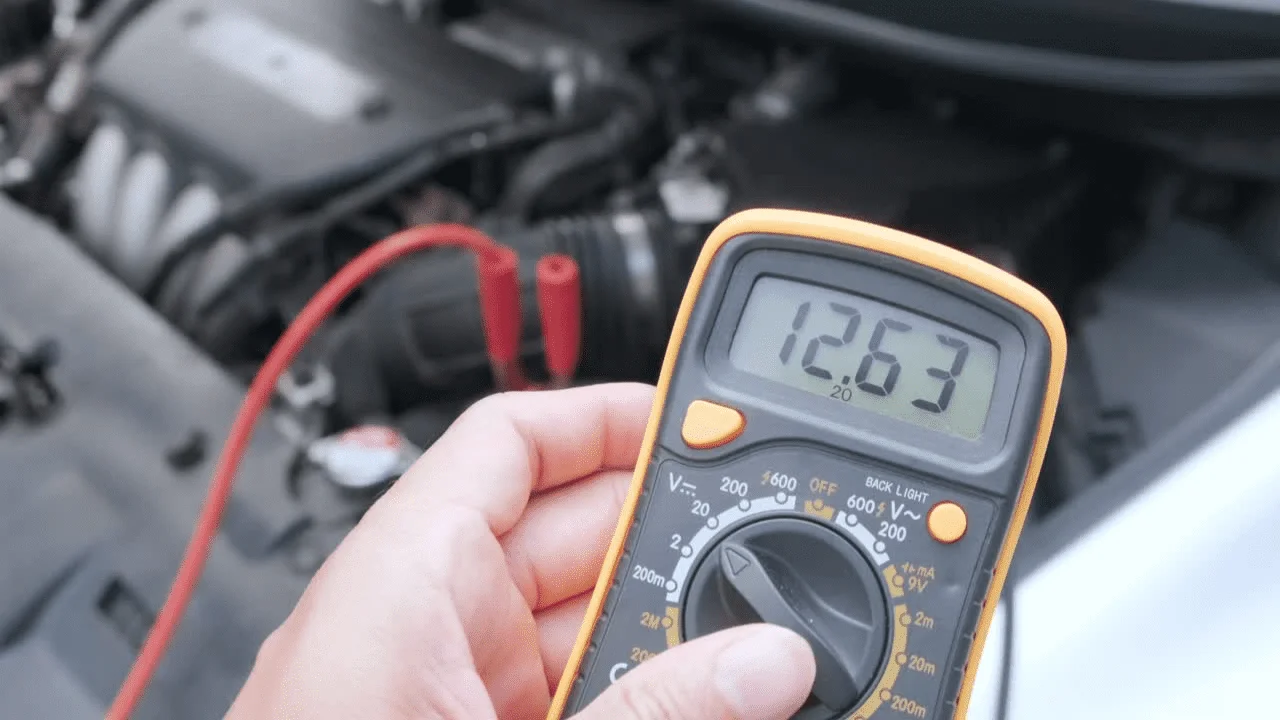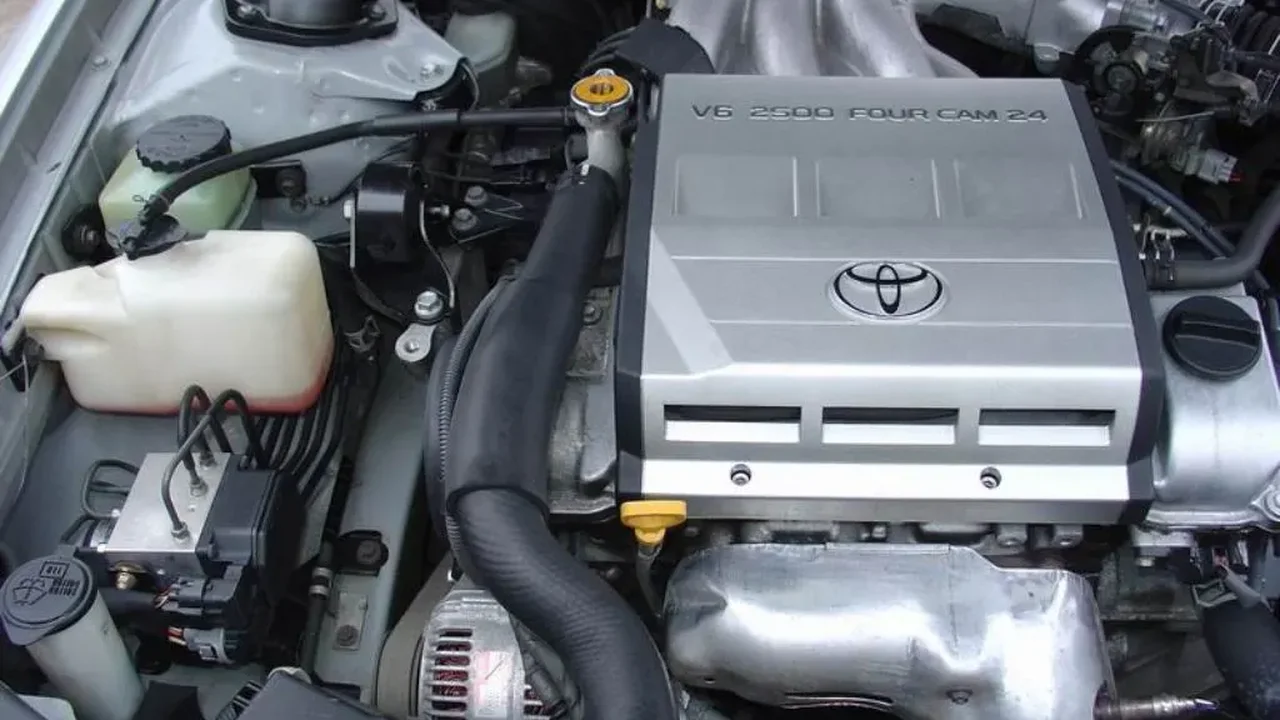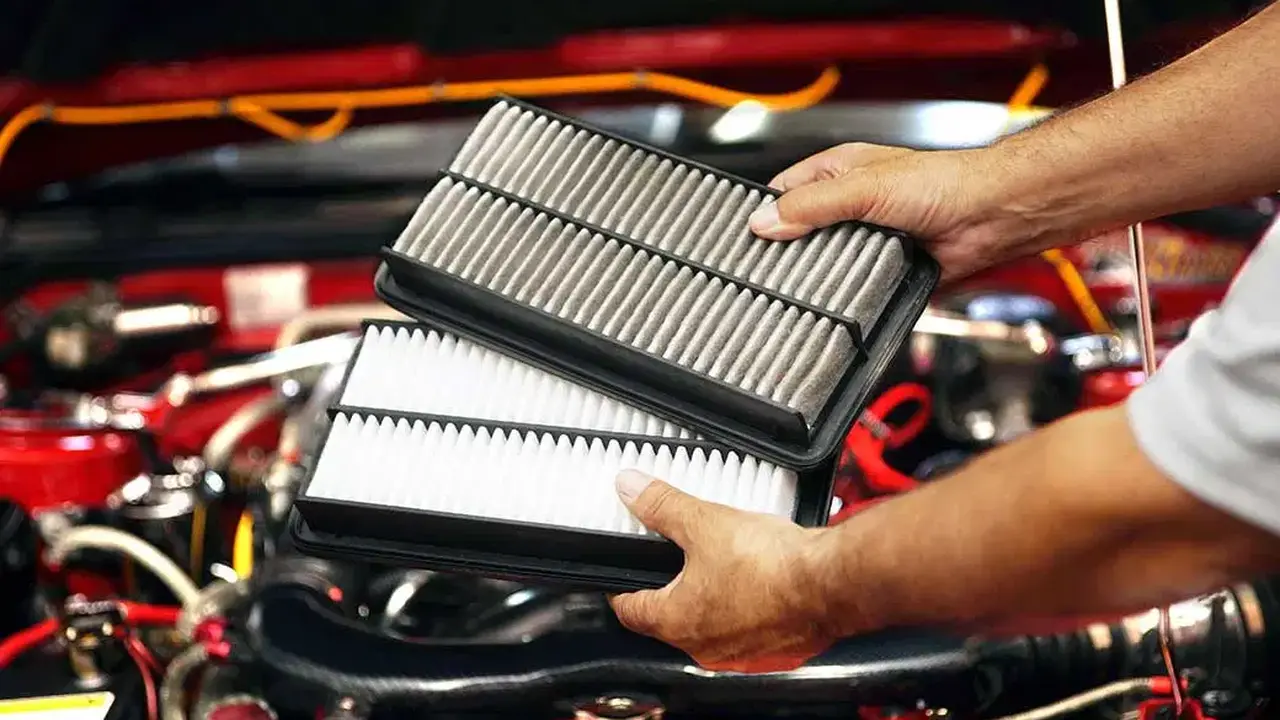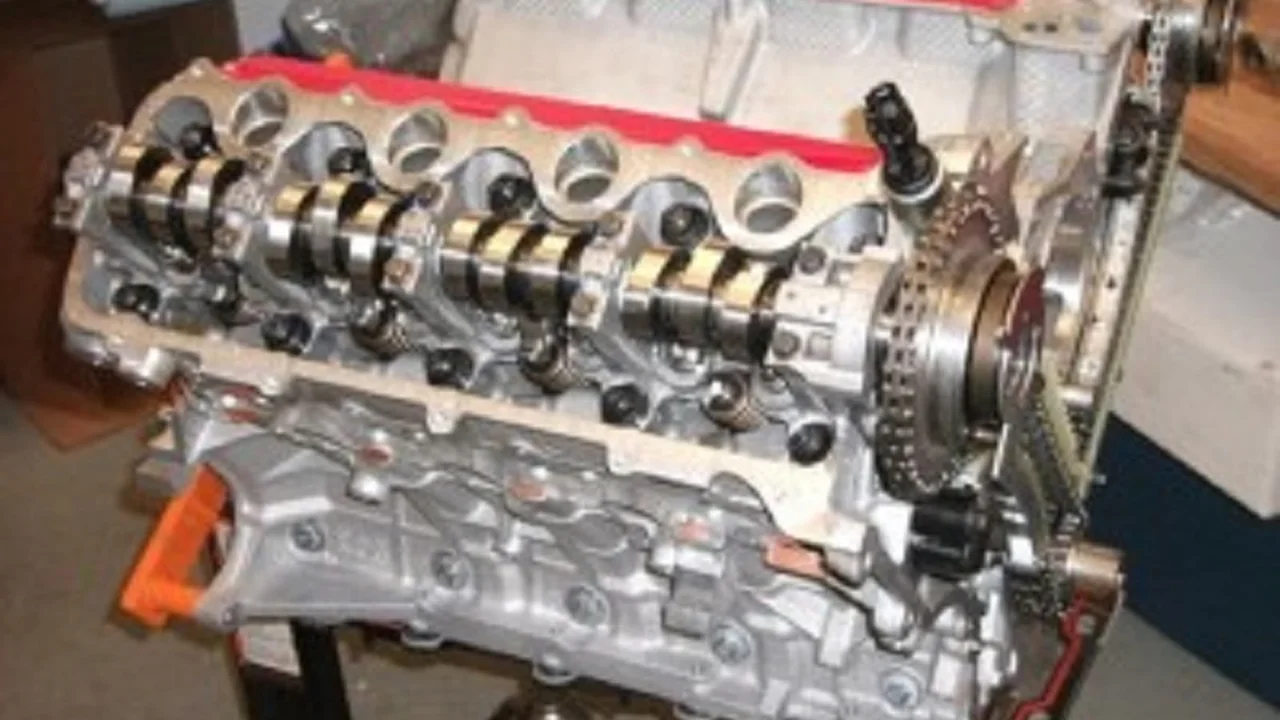How to Test Engine Sensors with a Multimeter: Step-by-Step Guide
Troubleshooting Turbocharger Problems Boost Leaks Failures & More

Understanding the Basics of Turbocharger Systems
Alright, let's dive into the world of turbochargers. These forced induction systems are designed to cram more air into your engine, resulting in a significant power boost. But with great power comes great responsibility...and the potential for problems. A turbocharger is essentially an air pump powered by exhaust gases. It consists of two main parts: a turbine wheel that spins from the exhaust flow and a compressor wheel that draws in and compresses the intake air. This compressed air is then fed into the engine, allowing it to burn more fuel and produce more power. The wastegate is a crucial component that regulates boost pressure by bypassing exhaust gases around the turbine wheel. A blow-off valve (BOV) or diverter valve releases excess pressure when the throttle is closed, preventing compressor surge. Understanding these core components is the first step in diagnosing any turbo-related issues.
Identifying Common Turbocharger Problems
So, your car isn't feeling as peppy as it used to? Here are some of the most common issues you might encounter:
- Boost Leaks: These are probably the most frequent headache. A boost leak means that pressurized air is escaping from the intake system *before* it reaches the engine.
- Turbo Failure: This is the big one. A failing turbo can mean anything from worn bearings to a completely destroyed compressor wheel.
- Wastegate Issues: If your wastegate isn't functioning correctly, you might experience overboost (too much boost) or underboost (not enough boost).
- Blow-Off Valve (BOV) or Diverter Valve Problems: A faulty BOV or diverter valve can lead to compressor surge and performance issues.
- Oil Leaks: Turbos require oil for lubrication and cooling. Leaks can indicate serious problems.
Diagnosing Boost Leaks: Finding the Escaping Air
Boost leaks are sneaky little devils. They rob your engine of power and can even cause it to run lean. Here's how to hunt them down:
- Visual Inspection: Start with a thorough visual inspection of all intake hoses, clamps, and connections. Look for cracks, loose clamps, or signs of oil residue.
- Boost Leak Tester: This is your best friend. A boost leak tester pressurizes the intake system, allowing you to listen for escaping air. You can usually find these online for around $50-$100. Connect the tester to your turbo inlet and pressurize the system to a reasonable level (around 15-20 psi). Use soapy water to spray around connections and hoses. Bubbles will form where air is escaping.
- Smoke Test: A smoke test uses a machine to inject smoke into the intake system, making it easier to spot leaks. This is often done by professional shops.
Product Recommendations for Boost Leak Testing:
- DIY Boost Leak Tester: You can actually build your own boost leak tester with some PVC pipe, a pressure gauge, and an air fitting. There are plenty of tutorials online.
- Stant 12270 Cooling System and Pressure Cap Tester: While designed for cooling systems, this can be adapted for boost leak testing with the right adapters. Around $60.
Troubleshooting Turbo Failure: Is Your Turbocharger Dying?
A failing turbo is a serious problem that can lead to engine damage. Here are some telltale signs:
- Whining or Screeching Noises: These noises often indicate worn turbo bearings.
- Blue Smoke from Exhaust: Blue smoke suggests that oil is leaking into the turbocharger and being burned.
- Loss of Power: A failing turbo will struggle to produce boost, resulting in a noticeable loss of power.
- Excessive Oil Consumption: If your car is suddenly consuming a lot more oil, it could be a sign of a turbo oil leak.
How to Check Your Turbocharger:
- Inspect the Compressor Wheel: Remove the intake hose and inspect the compressor wheel for damage (bent or broken fins).
- Check for Shaft Play: Grab the compressor wheel and try to move it side to side and in and out. A small amount of play is normal, but excessive play indicates worn bearings.
- Look for Oil Leaks: Inspect the turbocharger for signs of oil leaks.
Product Recommendations for Turbocharger Inspection:
- Mechanic's Stethoscope: Helps isolate unusual noises coming from the turbo. Around $20-$40.
- Borescope Inspection Camera: Allows you to visually inspect the compressor wheel and housing without removing the turbo. Around $50-$150.
Wastegate Problems: Overboost and Underboost Issues
The wastegate is responsible for regulating boost pressure. If it's not working correctly, you could experience overboost (which can damage your engine) or underboost (which means you're not getting the power you should be).
- Overboost: This occurs when the wastegate fails to open, allowing boost pressure to exceed the safe limit. Symptoms include a sudden surge of power followed by a fuel cut or engine knock.
- Underboost: This occurs when the wastegate opens prematurely or doesn't close properly, resulting in low boost pressure. Symptoms include a lack of power and sluggish acceleration.
How to Diagnose Wastegate Problems:
- Check Wastegate Actuator: Inspect the wastegate actuator for damage or leaks. The actuator is a small diaphragm that controls the wastegate.
- Test Wastegate Movement: Manually move the wastegate arm to ensure it moves freely.
- Check Vacuum Lines: Inspect the vacuum lines that connect to the wastegate actuator for leaks or damage.
Product Recommendations for Wastegate Testing:
- Mityvac MV8500 Silverline Elite Automotive Test Kit: A hand-operated vacuum pump that can be used to test the wastegate actuator. Around $150.
Blow-Off Valve (BOV) or Diverter Valve Issues: Compressor Surge Explained
The blow-off valve (BOV) or diverter valve releases excess pressure when the throttle is closed. This prevents compressor surge, which is a phenomenon that can damage the turbocharger.
- Compressor Surge: This occurs when the pressurized air in the intake system is forced back against the compressor wheel when the throttle is closed. This can cause a fluttering or chirping noise and can eventually damage the turbocharger.
How to Diagnose BOV/Diverter Valve Problems:
- Listen for Fluttering or Chirping: A fluttering or chirping noise when you release the throttle is a classic sign of compressor surge.
- Inspect the BOV/Diverter Valve: Remove the BOV/diverter valve and inspect it for damage or leaks.
- Test BOV/Diverter Valve Operation: Some BOVs/diverter valves can be tested with a vacuum pump to ensure they are opening and closing properly.
Product Recommendations for BOV/Diverter Valve Inspection:
- Vacuum Pump (same as wastegate testing): The Mityvac MV8500 can be used to test some BOVs and diverter valves.
Oil Leaks: Where is That Oil Coming From?
Oil leaks around the turbocharger can be a sign of serious problems. It's important to identify the source of the leak and address it promptly.
- Common Leak Locations: Oil feed line, oil drain line, turbocharger seals.
How to Diagnose Oil Leaks:
- Visual Inspection: Clean the area around the turbocharger and look for signs of fresh oil.
- Check Oil Lines: Inspect the oil feed and drain lines for leaks or damage.
Product Recommendations for Oil Leak Detection:
- UV Dye and UV Light Kit: Add UV dye to your engine oil and use a UV light to pinpoint the source of the leak. Around $20-$50.
Specific Product Comparisons and Pricing
Let's get into some specific product recommendations and compare them:
Boost Leak Testers
- DIY PVC Boost Leak Tester:
- Pros: Cheapest option, customizable.
- Cons: Requires some fabrication skills, may not be as accurate as a professional tester.
- Price: $20-$30 in materials.
- Usage Scenario: For the budget-conscious DIY enthusiast.
- Stant 12270 Cooling System and Pressure Cap Tester (Adapted for Boost Leaks):
- Pros: Relatively affordable, versatile.
- Cons: Requires adapters for proper fitment, may not be as precise as dedicated boost leak testers.
- Price: ~$60
- Usage Scenario: For those who already own this tool or need a multi-purpose pressure tester.
Tools for Turbocharger Inspection
- Mechanic's Stethoscope:
- Pros: Inexpensive, helps isolate noises.
- Cons: Requires a trained ear to interpret sounds.
- Price: ~$20-$40
- Usage Scenario: Pinpointing the source of unusual engine noises.
- Borescope Inspection Camera:
- Pros: Allows visual inspection without disassembly.
- Cons: Can be expensive, image quality varies.
- Price: ~$50-$150
- Usage Scenario: Inspecting hard-to-reach areas and components.
Wastegate Testing Equipment
- Mityvac MV8500 Silverline Elite Automotive Test Kit:
- Pros: Versatile, accurate, durable.
- Cons: More expensive than basic vacuum pumps.
- Price: ~$150
- Usage Scenario: Testing wastegate actuators, BOVs, and other vacuum-operated components.
Oil Leak Detection
- UV Dye and UV Light Kit:
- Pros: Effective for pinpointing leaks, relatively inexpensive.
- Cons: Requires cleaning the area around the leak for best results.
- Price: ~$20-$50
- Usage Scenario: Finding hard-to-locate oil leaks.
Preventative Maintenance: Keeping Your Turbo Happy
The best way to avoid turbocharger problems is to perform regular preventative maintenance:
- Regular Oil Changes: Use high-quality synthetic oil and change it according to the manufacturer's recommendations.
- Proper Warm-Up and Cool-Down: Allow the engine to warm up gradually before driving aggressively and let it cool down for a few minutes after hard driving.
- Inspect Hoses and Connections: Regularly inspect all intake hoses, clamps, and connections for leaks or damage.
- Clean Air Filter: A dirty air filter can restrict airflow and reduce turbocharger efficiency.
When to Seek Professional Help
Sometimes, turbocharger problems are beyond the scope of DIY repair. If you're not comfortable working on your turbocharger or if you're experiencing serious issues, it's best to seek professional help. A qualified mechanic can properly diagnose the problem and recommend the appropriate repairs.
:max_bytes(150000):strip_icc()/277019-baked-pork-chops-with-cream-of-mushroom-soup-DDMFS-beauty-4x3-BG-7505-5762b731cf30447d9cbbbbbf387beafa.jpg)






